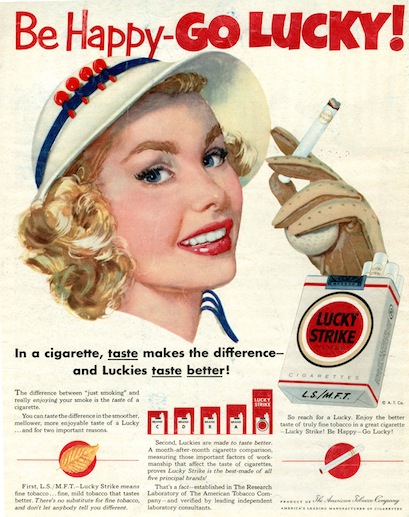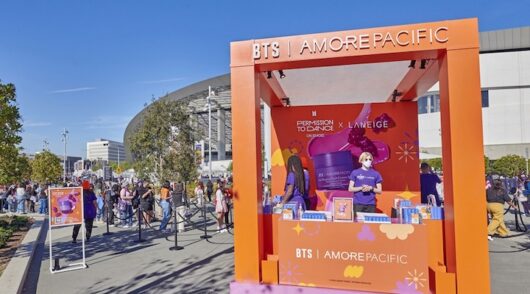The golden era for brand marketers was the time of Mad Men; when a snappy slogan or a cute commercial helped to differentiate brands and build an emotional bond between consumers and their Lucky Strike cigarettes, Chevrolet cars, Hershey chocolate, or Playtex bras. As the last series of Mad Men floats into the television ether (we’re up to Ep. 4 in the US), is the importance of brands also fading to black? After all, this is a digitised age, and back in Don Draper’s day, consumers wer
e simpler and commerce was straightforward. Heck, even television was barely multi-channel.
Recently, Y&R’s New York-based global chief client officer, Shelley Diamond, set out to answer that question. Diamond grew up on Madison Ave and on brand marketing, including spending 10 years with Ted Bates, the agency that invented the USP (Unique Selling Proposition).
“A client asked me for my opinion: what is the role of brand in e-commerce today? I was intrigued, so I spent weeks researching all the available data,” Diamond told me.
“I reached out across the world to experts in e-commerce, shopper marketing, brand strategy and retail.”
Diamond’s starting point was a realisation that e-commerce no longer stood for ‘electronic’ commerce.
“The ‘e’ is for ‘everywhere’ commerce,” Diamond explained. “Every moment is now a shopping moment. And, as my colleagues at Kantar Retail told me, while perhaps 10 per cent of sales are attributed to online at best, digital influences 50 per cent of purchases, and impacts 100 per cent of retail in some way. For classically trained brand marketers, that’s a game changer.”
Diamond has coined a term for this all-pervasive state. She calls it ‘e-biquity’ – a constant and free flowing digital link between consumers, brands and the marketplace.
So do brands and brand marketing have a place in an e-biquitous world, where information is transparent and consumers do their own research? Haven’t brands become commoditised?
Diamond turned to Michael Sussman, Y&R’s Director of Global Insights and the man in charge of BrandAsset Valuator, the world’s largest model and database of brands.
At first glance, the latest research from BrandAsset Valuator (BAV) revealed that shoppers who skewed to online had weaker levels of loyalty for Consumer Packaged Goods (CPG) brands. But when Sussman delved deeper, he found that, “the power of brand is even more pronounced among online shoppers” than those who bias instore.
Those brands that stood out with greater equity excelled on the measures of Pricing Power, One I Prefer, Use Regularly, and Emotional Commitment. The variance explained by Brand Strength was significantly greater among online shoppers than their bricks and mortar counterparts.
This finding was constant across multiple sectors, and the BAV analysis showed that brand has an even greater impact on the likelihood of recommend to a friend among online skewing shoppers.
The trick is that you need to connect with online shoppers (and shoppers generally) in the first place. In order to do so, brands must score highly on the BAV pillars of Differentiation and Relevance, which is quite different from the Mad Men era, where brands were built on the other two BAV pillars first – Knowledge and Esteem.
To be different, BAV shows the key drivers are attributes such as social, progressive, innovative, and dynamic. And to be a relevant brand, you must also embrace qualities such as authentic, socially responsible, and reliable. Think Google with a slice of Patagonia, or Amazon with an underpinning of Whole Foods.
When you think about it, it makes sense that brands still cut it today. Great brands are promises of performance and personality, and they communicate their reason for being instantly. At a time when we are overloaded with information, and over stimulated with a myriad of media choices, brands in an e-biquitous age provide a welcome shortcut for shoppers.
While it’s harder to make a connection with customers, that makes the challenge that much more interesting for brand marketers.
Jon Bird is MD,global of Labstore, Y&R’s worldwide retail and shopper marketing network. Email: jon.bird@yrlabstore.com. Twitter: @thetweetailer. Blog: www.newretailblog.com.







